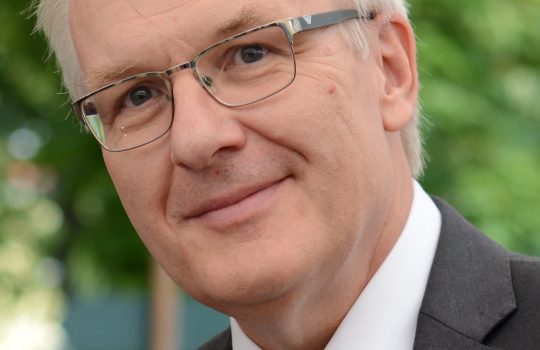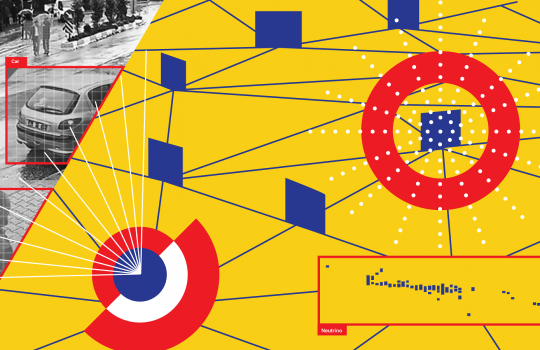Hirohisa Tanaka joins SLAC to push limits of neutrino physics
- California
- Deep Underground Neutrino Experiment
- DUNE
- LBNF
- Long-Baseline Neutrino Facility
- neutrino
- Sanford Lab
- Sanford Underground Research Facility
- SLAC
- South Dakota
From SLAC, April 3, 2018: The accomplished particle physicist will prepare the lab for its role in DUNE, a next-generation experiment designed to demystify neutrinos and their fundamental role in the universe.



